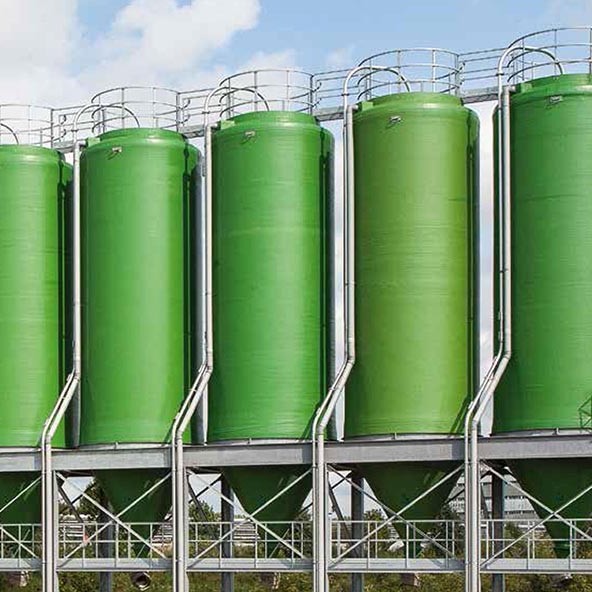
-
 Afrikaans
Afrikaans -
 Albanian
Albanian -
 Amharic
Amharic -
 Arabic
Arabic -
 Armenian
Armenian -
 Azerbaijani
Azerbaijani -
 Basque
Basque -
 Belarusian
Belarusian -
 Bengali
Bengali -
 Bosnian
Bosnian -
 Bulgarian
Bulgarian -
 Catalan
Catalan -
 Cebuano
Cebuano -
 China
China -
 China (Taiwan)
China (Taiwan) -
 Corsican
Corsican -
 Croatian
Croatian -
 Czech
Czech -
 Danish
Danish -
 Dutch
Dutch -
 English
English -
 Esperanto
Esperanto -
 Estonian
Estonian -
 Finnish
Finnish -
 French
French -
 Frisian
Frisian -
 Galician
Galician -
 Georgian
Georgian -
 German
German -
 Greek
Greek -
 Gujarati
Gujarati -
 Haitian Creole
Haitian Creole -
 hausa
hausa -
 hawaiian
hawaiian -
 Hebrew
Hebrew -
 Hindi
Hindi -
 Miao
Miao -
 Hungarian
Hungarian -
 Icelandic
Icelandic -
 igbo
igbo -
 Indonesian
Indonesian -
 irish
irish -
 Italian
Italian -
 Japanese
Japanese -
 Javanese
Javanese -
 Kannada
Kannada -
 kazakh
kazakh -
 Khmer
Khmer -
 Rwandese
Rwandese -
 Korean
Korean -
 Kurdish
Kurdish -
 Kyrgyz
Kyrgyz -
 Lao
Lao -
 Latin
Latin -
 Latvian
Latvian -
 Lithuanian
Lithuanian -
 Luxembourgish
Luxembourgish -
 Macedonian
Macedonian -
 Malgashi
Malgashi -
 Malay
Malay -
 Malayalam
Malayalam -
 Maltese
Maltese -
 Maori
Maori -
 Marathi
Marathi -
 Mongolian
Mongolian -
 Myanmar
Myanmar -
 Nepali
Nepali -
 Norwegian
Norwegian -
 Norwegian
Norwegian -
 Occitan
Occitan -
 Pashto
Pashto -
 Persian
Persian -
 Polish
Polish -
 Portuguese
Portuguese -
 Punjabi
Punjabi -
 Romanian
Romanian -
 Russian
Russian -
 Samoan
Samoan -
 Scottish Gaelic
Scottish Gaelic -
 Serbian
Serbian -
 Sesotho
Sesotho -
 Shona
Shona -
 Sindhi
Sindhi -
 Sinhala
Sinhala -
 Slovak
Slovak -
 Slovenian
Slovenian -
 Somali
Somali -
 Spanish
Spanish -
 Sundanese
Sundanese -
 Swahili
Swahili -
 Swedish
Swedish -
 Tagalog
Tagalog -
 Tajik
Tajik -
 Tamil
Tamil -
 Tatar
Tatar -
 Telugu
Telugu -
 Thai
Thai -
 Turkish
Turkish -
 Turkmen
Turkmen -
 Ukrainian
Ukrainian -
 Urdu
Urdu -
 Uighur
Uighur -
 Uzbek
Uzbek -
 Vietnamese
Vietnamese -
 Welsh
Welsh -
 Bantu
Bantu -
 Yiddish
Yiddish -
 Yoruba
Yoruba -
 Zulu
Zulu
chemical products for frp applications a comprehensive guide
Chemical Products for FRP Applications A Comprehensive Guide
Fiber Reinforced Polymer (FRP) composites are revolutionizing various industries due to their lightweight, high strength, and corrosion resistance. In this landscape, an array of chemical products plays a crucial role in the production, processing, and application of FRP materials. This article explores these essential chemical products and their significance in FRP applications.
Resins The Backbone of FRP Composites
At the heart of FRP manufacturing are resins, which serve as the matrix that binds the fibers together, providing strength and durability. Two primary types of resins are widely used epoxy and polyester. Epoxy resins are favored for their superior mechanical properties, chemical resistance, and adhesive capabilities, making them ideal for high-performance applications in aerospace and automotive sectors. Conversely, unsaturated polyester resins are cost-effective and commonly used in products such as boats and water tanks, where excellent mechanical properties and good weather resistance are required.
Reinforcements Enhancing Strength and Durability
The type of reinforcement used significantly influences the overall performance of FRP composites. Glass fibers are the most commonly utilized due to their balance of strength and cost-effectiveness. For applications requiring greater strength-to-weight ratios, carbon fibers are increasingly popular, despite their higher cost. Natural fibers, such as jute and hemp, are also gaining traction due to their eco-friendliness, making them suitable for sustainable construction and automotive applications.
chemical products for frp applications a comprehensive guide

Additives Tailoring Performance Specifications
Additives play a vital role in modifying the properties of resins and enhancing the performance of FRP materials. Fillers such as talc and calcium carbonate can improve mechanical strength and reduce costs. Coupling agents and surface modifiers enhance the adhesion between resin and fibers, ultimately improving the structural integrity of the composite. Moreover, UV stabilizers and flame retardants are critical for enhancing durability and safety in outdoor and high-temperature environments.
Curing Agents Facilitating Hardening and Strength Gain
Curing agents, or hardeners, initiate the chemical reaction that leads to the solidification of resins. The right curing agent is essential for achieving optimal mechanical properties and processing characteristics. In the case of epoxy resins, amine-based hardeners are often preferred due to their efficiency and versatility. For polyester resins, methyl ethyl ketone peroxide (MEKP) is commonly used, especially in room temperature curing processes.
Conclusion
Chemical products for FRP applications are integral to the performance, durability, and sustainability of composite materials. As industries continue to innovate, the development of advanced resins, reinforcements, additives, and curing agents will be paramount in unlocking new possibilities for FRP technologies. Understanding these chemical products allows manufacturers to optimize their processes and deliver high-quality, reliable FRP solutions to various applications.
Latest news
-
Exploring the Benefits of Top Hammer Drifter Rods for Enhanced Drilling PerformanceNewsJun.10,2025
-
High-Precision Fiberglass Winding Machine for GRP/FRP Pipe Production – Reliable & Efficient SolutionsNewsJun.10,2025
-
FRP Pipes & Fittings for Shipbuilding - Corrosion-Resistant & LightweightNewsJun.09,2025
-
Premium FRP Flooring Solutions Durable & Slip-ResistantNewsJun.09,2025
-
Premium Fiberglass Rectangular Tanks Durable & Lightweight SolutionNewsJun.09,2025
-
Tapered Drill String Design Guide Durable Performance & UsesNewsJun.09,2025









